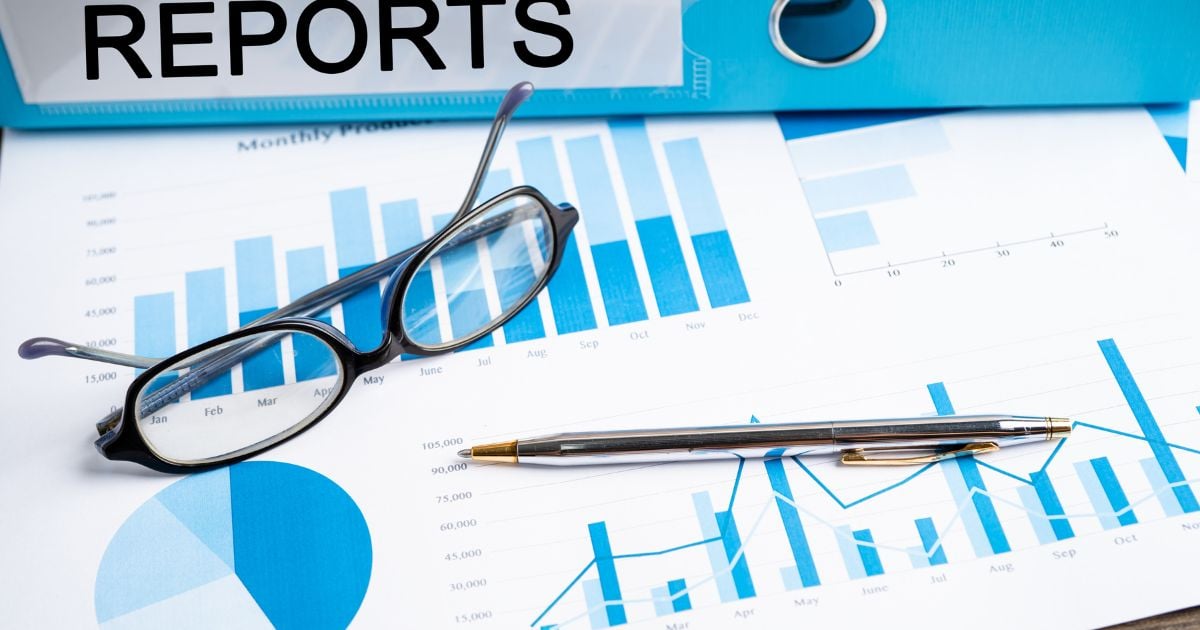Organisations are constantly seeking innovative solutions to extract actionable insights from their data. SLC Workbench is a powerful analytics platform designed to streamline data analysis processes ...
Insights
Welcome to Analytium Insights! - Staying ahead requires not only access to data but also the ability to derive meaningful insights from it. Our Insights section serves as a gateway to a wealth of knowledge, expertise, and thought leadership in the field of data analytics, as we understand the importance of leveraging data to drive informed decision-making and gain a competitive edge..
See our blogs and case studies put together by our team of data professionals and subject matter experts. Stay informed about the latest advancements in data analytics, machine learning, artificial intelligence and more.
Sign Up For Our Newsletter
Be the first to know about releases, industry news and insights







